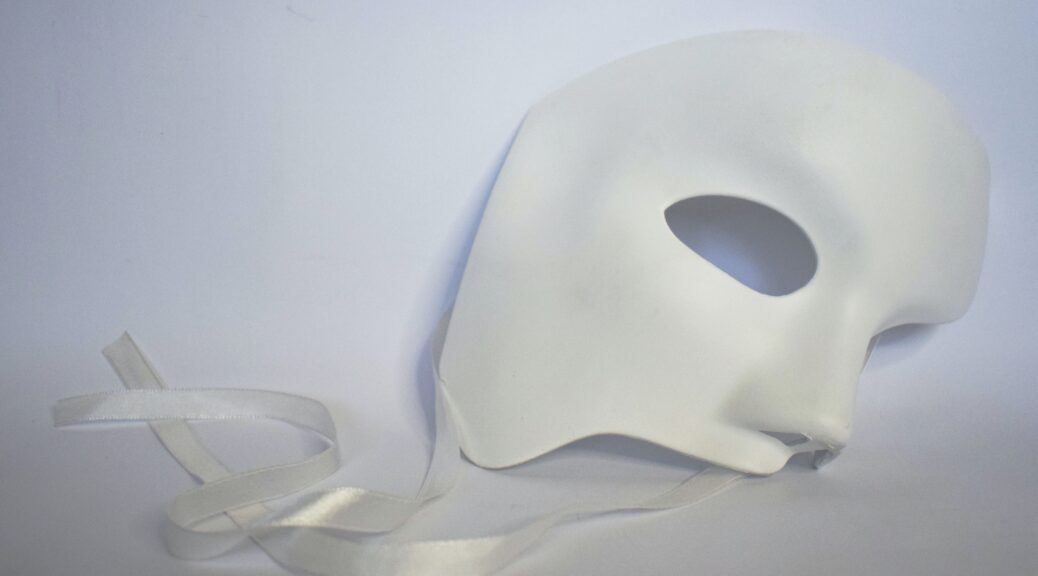
Who Are We?
I found out something quite interesting recently. In the musical Les Misérables the main character, Jean Valjean, is trying to come to terms with his past as a former criminal with a well know song ‘Who am I?’. He concludes the song with a reference to his prison number 24601. Apparently that number was a way for Victor Hugo to identify himself with Valjean, as it refers to the date on which Hugo believed he had been conceived – 24th June 1801. In other words, he identified himself as a sinner not just from his birth, but from his conception, echoing Psalm 51:5.
We’re asked a lot these days how we identify ourselves. But how do we know who we really are? There are many answers that people give – we might think that we are defined by something cultural such as our ethnicity, social class, family, political affiliation. Or maybe something vocational – our career, responsibilities or family. But which of these truly defines us? Is that even possible??
Hugo had implicitly answered the question biblically. The Bible does indeed have a great deal to say about who we are. But at its core is the assertion that we are made in the image of God, ‘after his likeness’. Which means that we, as human beings, have the unique ability to reflect God’s character.
That means two things: firstly, we’re not God; and secondly, that we’re not the same as the rest of creation. As human beings we are special and unique.
The Fall (see Genesis 3) severely distorted that image, and our ability to reflect God, but it did not destroy it. There are still references to human beings still carrying the image of God (e.g. Genesis 9:6). CS Lewis put is well in the Chronicles of Narnia: “You come of the Lord Adam and the Lady Eve,” said Aslan. “And that is both honour enough to erect the head of the poorest beggar, and shame enough to bow the shoulders of the greatest emperor on earth. Be content.”1
But what the Fall did do was to break our relationship with God, so we try to manage without him. In removing God, we remove the truth about who we are. And when we try to find our identity apart from God, we end up having to invent one. We turn to those secondary identities – the things listed above, cultural, vocational and so on. These things aren’t of lasting value though, so we don’t really know who we are – we’re lost.
Is there a solution? Well the Christian response is, as always, to look to Jesus.
There’s a chap who lived in the fourth century call Athanasius. He came up with a great illustration of how Jesus restored the image of God in humanity.
He said, “Adam was like a beautiful portrait painting. On him, the image of God was drawn.” And what happened at the Fall was that the portrait was utterly wrecked. Adam was no longer anything like God. He’d become vicious, selfish, horribly unholy. And so the image, the painting was ruined. So, how could this precious portrait be restored? And the problem was, there was nobody who knew what the portrait had once looked like. They couldn’t restore it. To restore it, you had to know God. You had to know what He’s like. Otherwise, you could never know what the image of God should look like. There was only one hope. The original subject of the portrait had to come and have His likeness redrawn on the canvas of humanity. Only the One whose likeness was originally drawn on Adam could restore and renew it. And so, the image of God Himself came. He took humanity to renew His image in it. He came and showed us the image of God in the flesh. And in Christ alone could humanity be restored from what Athanasius called all this “dehumanizing of mankind.”2
That’s a great way of putting it. And it shows how that only in Christ can we recover what was lost – see Colossians 3:10
If we get this, it means we can be secure in our primary, original identity. And that frees us to be those other, secondary, things without having to depend on them, and without fear of losing them.
I think that’s what Paul had in mind when he said how he could be all things to all people – for the sake of the gospel. (See 1 Corinthians 9:19-23)
- C.S. Lewis, Prince Caspian [↩]
- Thanks to https://www.ligonier.org/blog/only-christ-can-image-god-be-restored/ for this illustration [↩]